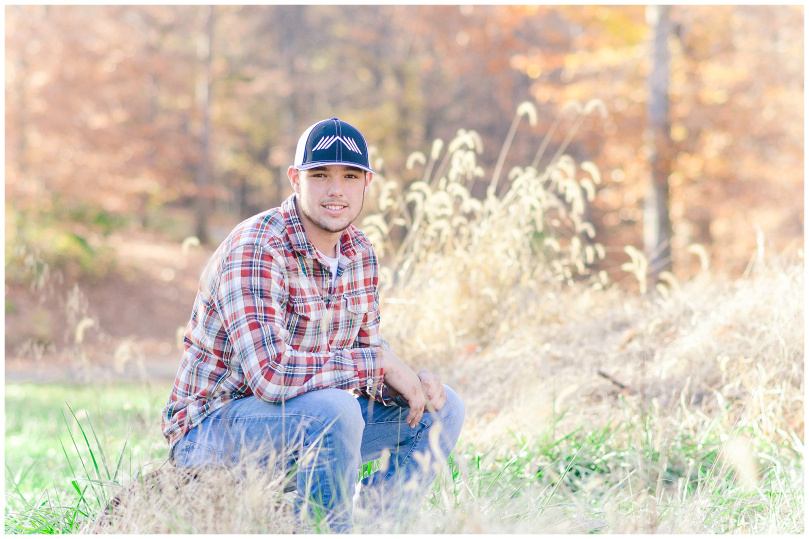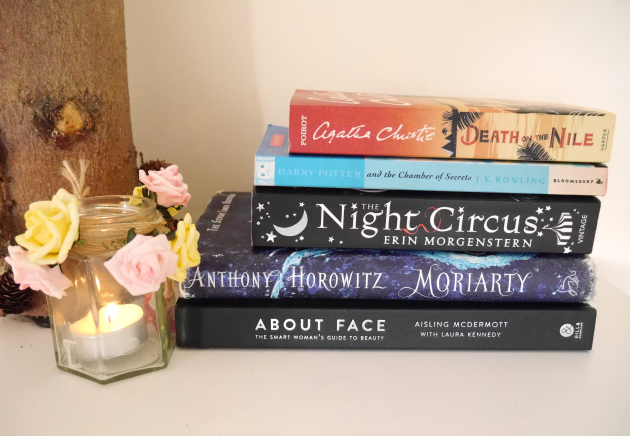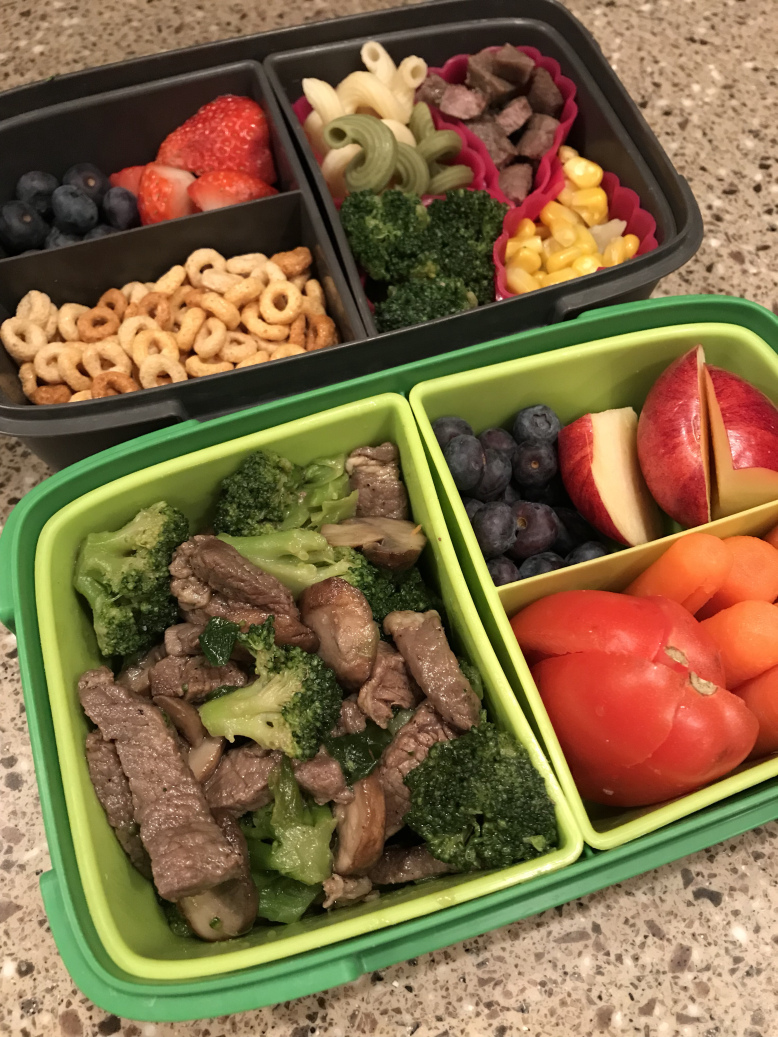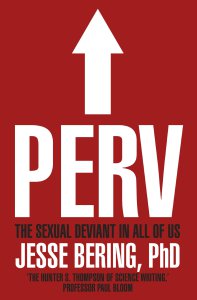No matter how much we try, none of us can do it all; there simply aren’t enough hours in the classroom. So, whenever possible, I try to double-dip — pulling the learning from one area of our work to another.
And that’s exactly my aim in this new column. To feed our students’ book love, we need to prepare book talks. We also know that the mentor-text centered sentence study that we do during Notebook Time often provides some of students’ richest writing experiences. This is exactly where I like to do one of my favorite double-dips: sentence study and book talk in one.
In this column, I’ll pull sentence studies from young adult and middle grades texts — give you a little book talk, show you the sentence study, and walk you through the way you might use it with students today! Let’s get started!
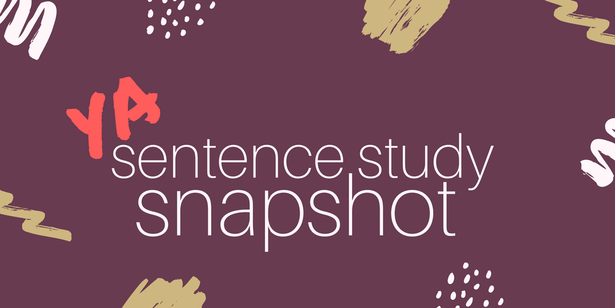
A Long Walk to Water by Linda Sue Park
Audience:Middle grades
Book Talk:A Long Walk to Water combines fiction and non-fiction to tell two stories in Southern Sudan: the fictional story of Nya, an eleven-year-old in 2008 who must walk for 8-10 hours a day to fetch water for her family, and the true story of Salva, and eleven-year-old in 1985 who is forced to flee home because of war and violence and walk to Ethiopia. Each chapter shares a part of Nya’s story and a part of Salva’s story. Students like trying to piece together how these two narratives will speak to one another by the end of the book. A Long Walk to Water tells a simple story but asks big questions: How can we maintain hope and perseverance in the face of the unimaginable? What can one person do to make a difference? What is really needed to live? At it’s heart, it’s a survival story.
Sentence Study:I came to this text as the first in our series because A Long Walk to Water is the middle grades selection for the Global Read Aloud this year. Here’s the sentence I worked on with my students:
“There was always so much life around the pond: other people, mostly women and girls, who had come to fill their own containers; many kinds of birds, all flap and twitter and caw; herds of cattle that had been brought to the good grazing by the young boys who looked after them.” This Sentence Can Help Writers…- Describe setting
- Learn the writerly pattern of broad –> specific
- Learn one of the uses of a semi-colon
- Use a colon to introduce a list
We always begin any study of a mentor text by asking students what they notice — even if they can’t quite come up with the “official” term for what they see. Here’s what my 7th and 8th graders noticed:
- Park begins with a general description of the setting: “There was always so much life around the pond.”
- She uses a colon to signal that she is about to provide a list of “so much life” .
- The list makes the broad opening statement more specific.
- Each item in the list has this pattern: Item then Description of Item
- Other People –> mostly women and girls, who had come to fill their own containers
- Many kind of bird –> all flap and twitter and caw
- Herds of cattle –> that had been brought to the good grazing by the young boys who looked after them
- Because these items in a list are long — and some of them have commas within them — Park uses semicolons rather than commas to separate them.
“Using the techniques that we have noticed together — the broad-to-specific pattern, the colon to introduce a list, the item-description pattern, the semicolons — try your hand at writing your own description of a setting. It can be any setting you want: your locker, your bedroom, the soccer field, the cafeteria, a fictional setting of your own design. In the next 4-5 minutes, see how this mentor sentence can help you describe a place. “
Are there other ways you might use this sentence with students? Do you see different techniques worth teaching? Leave us a comment below, join the conversation on Facebook, or connect with me on Twitter @RebekahOdell1.
Advertisements Share this:
